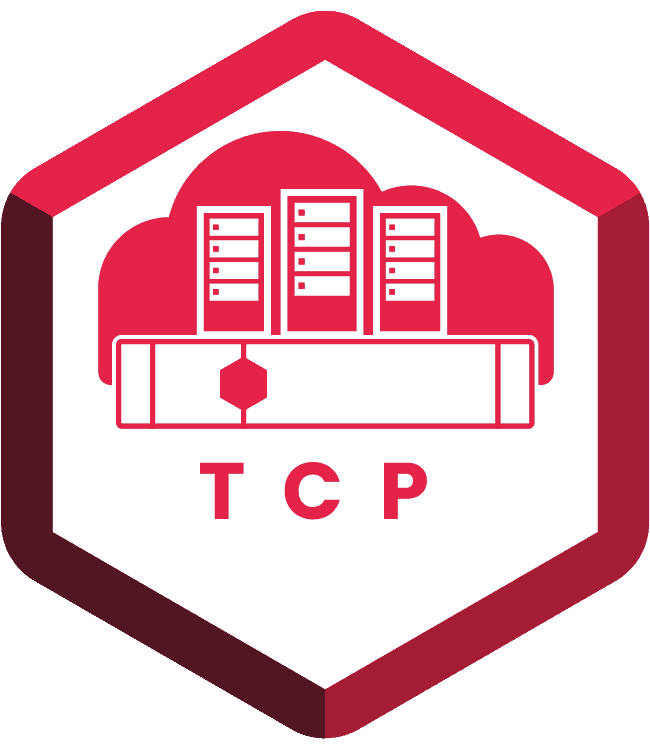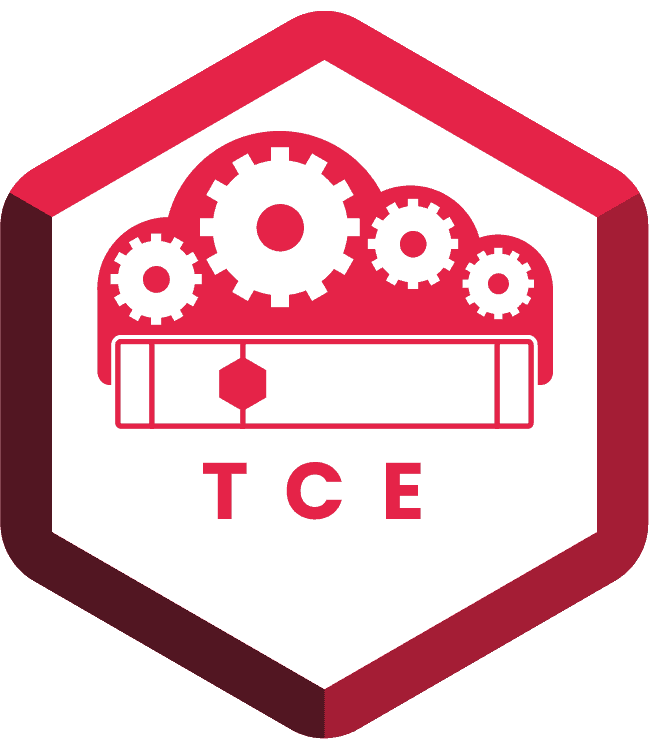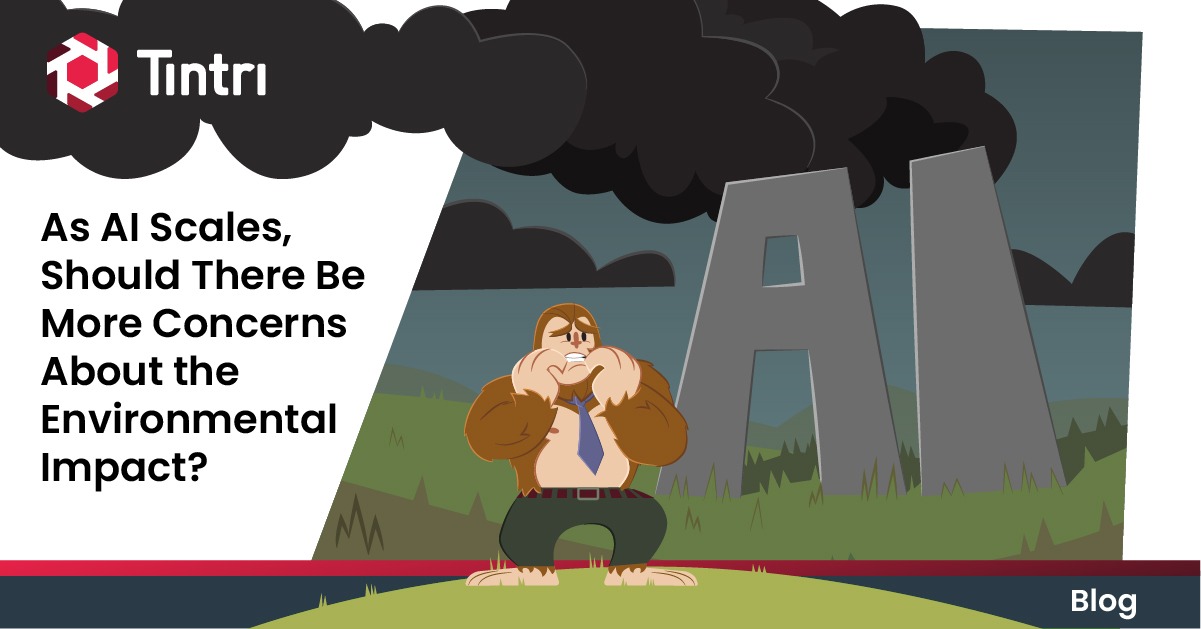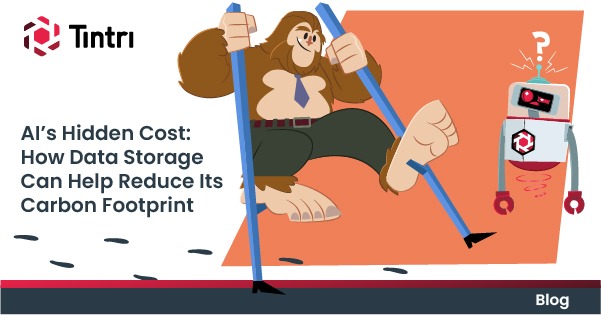Artificial Intelligence, or AI as it is more commonly known, has exploded onto the public consciousness and lexicon. There is hardly a day that passes without AI being in the news headlines – good, bad or indifferent. The recent frenzy surrounding the release of DeepSeek and how it may impact the market has opened discussion on the cost of AI from training costs (DeepSeek claimed their costs were $50 million compared to hundreds of millions for OpenAI GPT-4 and Google Gemini), hardware and energy costs, as well as open source savings.
With large-scale AI deployments requiring immense computational and storage resources, the environmental impact is an often-overlooked consequence. More and more organisations are looking to integrate AI in their front-end and back-end processes—be it Large Language Models (LLM) like GPT-4 and DeepSeek, Generative AI, Autonomous Systems, Robotics, or Computer Vision. In lockstep with this uptake, demand for robust, scalable and efficient data center infrastructure has soared through the roof.
The Carbon Cost of Big AI
Big data analytics and deep learning workloads for AI require huge processing resources and storage capacity. Data centers running these operations tend to have expansive racks of equipment, consuming tremendous amounts of power for running servers and storage arrays as well as environment cooling. Data centers consume an estimated 2% of the world’s electricity, a figure that is expected to at least double by 2026 as adoption of AI increases*. In the US, home to a third of the world’s data centers, energy consumption is expected to rise to 6% of the country’s total power usage. This is even more acute in Ireland where new data center buildouts are forecast to drive total data center energy usage to 32% of the grid in 2026, increasing from 17% in 2022. Although renewable energy accounts for about 30% of electricity generated globally, growth is not expected to keep pace with the energy demands of data centres – meaning fossil and nuclear derived energy sources are required to meet the shortfall. For companies with a sustainability mandate, this presents an imperative: meeting AI performance requirements and carbon reduction targets.
Storage Efficiency and AI’s Energy Consumption
In addition to the worrying trend of platform entropy (click here to see a blog post on this), traditional storage solutions exacerbate the carbon footprint of AI. Many systems require overprovisioning, resulting in inefficient utilization of resources, higher power demands, and heavier cooling requirements. Furthermore, AI tasks consist of enormous amounts of data with repetitive elements, resulting in excessive, and possibly unnecessary storage growth. Organizations that don’t optimize data storage solutions might not only end up paying higher costs for their infrastructure but also exerting more pressures on the environment and energy grids.
The Call for Smarter Infrastructure
To address the environmental concerns of AI, organizations must rethink their approach to their computational and storage infrastructures. Green AI deployment is about adopting solutions that minimize energy consumption, reduce waste, and maximize efficiency. This can be achieved through:
- Data reduction techniques, such as deduplication and compression, to minimize redundant storage.
- Smaller hardware footprints, which occupy less physical space and consume less power.
- Automation and AI-driven resource management, meaning storage and computing capacity are optimized.
As the AI trend marches on, companies will have to take active steps in mitigate the environmental impact of AI adoption in their data centers. More eco-conscious storage and computing strategies will become necessary to keep pace with the requirement to maintain innovation and be mindful of their carbon footprint.
Watch out for Part 2 of this article, where we uncover how smart data management can be the key to green AI. Learn how Tintri’s power-saving VMstore platform allows organizations to lower AI’s carbon footprint—without compromising on speed or scalability. Don’t miss the game-changing innovations that are shaping the future of green AI!
Sources:
* International Energy Agency. “Electricity 2024: Analysis and forecast to 2026”. January 2024





